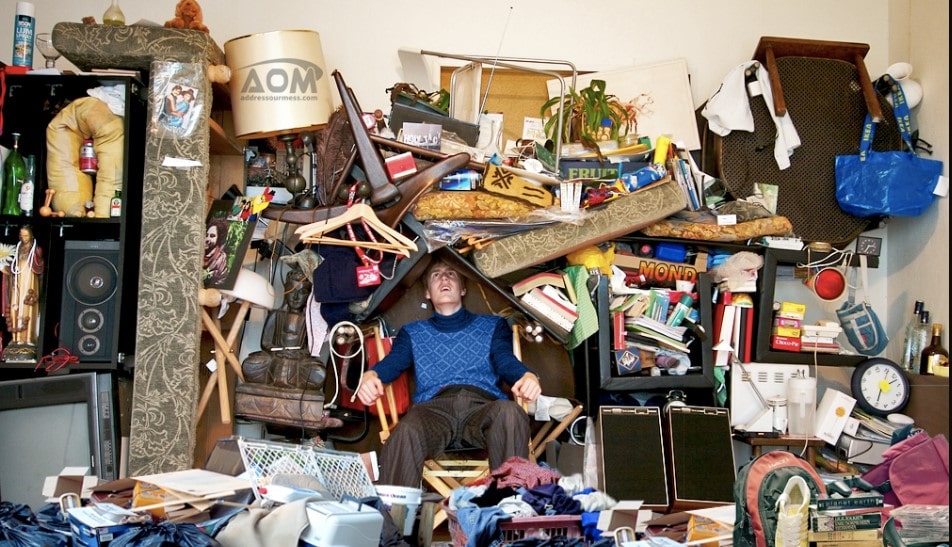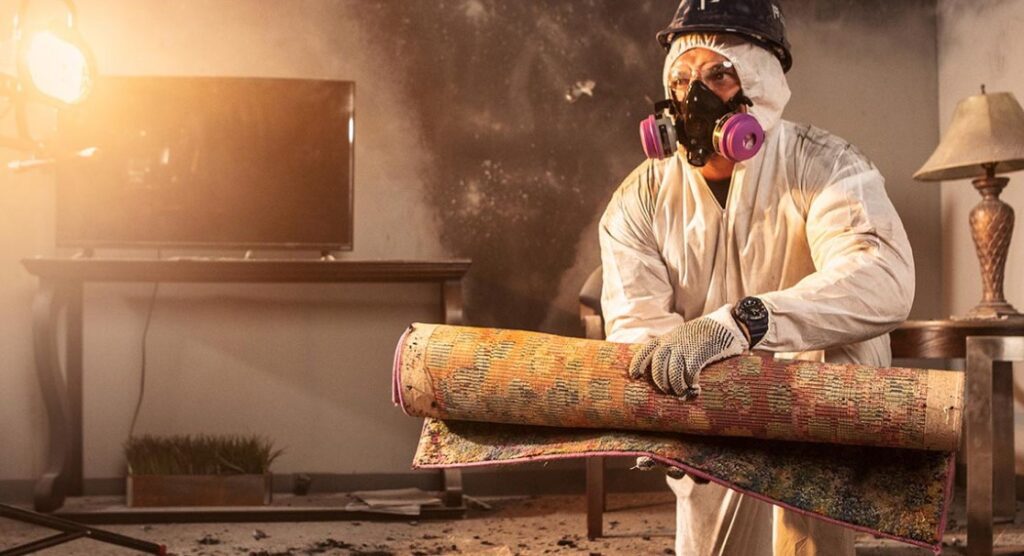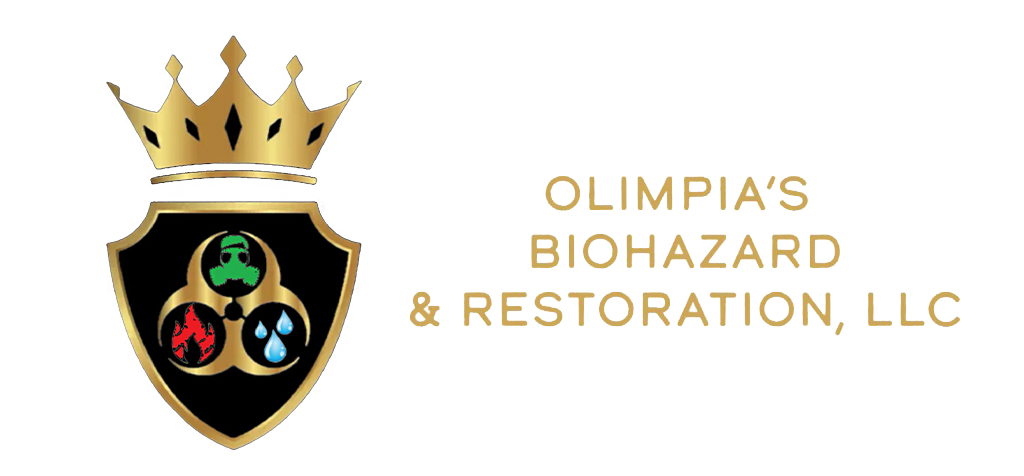Welcome to the comprehensive guide on “Setting Realistic Goals for Hoarder Cleanup in Portland.” Hoarding disorder, characterized by the excessive accumulation of possessions and difficulty parting with them, presents unique challenges for individuals and their families. Undertaking a cleanup effort is a crucial step towards restoring a safe and healthy living environment. However, the path to success begins with setting achievable goals. This guide offers insights into the multifaceted nature of hoarder cleanup, emphasizing compassion, understanding, and practicality. We delve into assessments of cleanup scope, collaboration with professionals, and strategies for sorting and organizing. Join us on this journey to navigate the complexities of hoarder cleanup while fostering empathy and realistic objectives in the vibrant city of Portland.
Empathetic Approaches to Hoarder Cleanup in Portland: Setting Realistic Goals
Embarking on the path to hoarder cleanup in Portland requires more than determination; it demands compassion, understanding, and a strategic approach. This guide by Olimpia’s Biohazard & Restoration LLC will navigate the complexities of setting realistic goals, ensuring that individuals, families, and professionals can embark on this transformative journey with empathy and practicality.


Understanding the Complexity of Hoarder Cleanup:
Hoarder cleanup is a multifaceted undertaking that extends beyond surface-level clutter removal. To set realistic goals, it’s crucial to grasp the complexity of the issue. Hoarding often stems from deep-seated emotional and psychological factors, and it may have developed over many years. Recognizing the challenging nature of hoarding behaviors helps stakeholders approach the cleanup process with patience, empathy, and a comprehensive understanding of hoarding disorder.
Recognizing the multifaceted nature of hoarder cleanup helps stakeholders approach it with empathy and patience, making it crucial for setting realistic goals that consider the emotional and practical aspects of the process.
The Importance of Compassion and Sensitivity:
Compassion and sensitivity are foundational to the success of hoarder cleanup efforts. Those involved in the process, whether family members, friends, or professional cleanup services, must approach the situation with empathy and without judgment. Hoarders often experience shame and embarrassment about their living conditions. A compassionate approach builds trust and cooperation. It’s essential to understand that hoarding disorder is a mental health issue, and individuals affected by it require support and understanding as they work toward decluttering and creating a healthier living environment. It’s vital to remember that hoarding disorder is a mental health issue, and individuals need emotional support as they work towards decluttering and creating a healthier living space.
Assessing the Scope of the Cleanup Project:
Each hoarder cleanup project is unique, varying in terms of clutter levels, types of items hoarded, and the degree of filth or deterioration. A crucial initial step is to assess the scope of the cleanup project thoroughly. This assessment includes evaluating the physical condition of the living space, identifying potential safety hazards, and estimating the time and resources needed. By comprehensively understanding the cleanup’s scope, realistic goals can be set, and an effective plan can be developed to address the specific challenges of the situation.
Collaborating with Professional Hoarder Cleanup Services:
Professional hoarder cleanup services in Portland play a pivotal role in achieving realistic cleanup goals. These services possess the expertise, experience, and resources to tackle hoarding situations effectively. Collaborating with professionals ensures that the cleanup is conducted safely, efficiently, and in compliance with local regulations. Moreover, professionals can provide guidance on setting achievable goals and realistic timelines based on their assessment of the situation, contributing to a more successful cleanup process.
Additionally, professionals can conduct a thorough assessment of the situation, enabling stakeholders to set achievable goals based on their expert recommendations.
Creating a Step-by-Step Cleanup Plan:
A structured cleanup plan is essential for managing the complexities of hoarder cleanup. This plan outlines specific tasks and objectives, breaking down the cleanup process into manageable steps. It may include tasks such as sorting items, cleaning, organizing, and addressing any repairs or renovations needed. A well-defined plan helps maintain focus, tracks progress, and ensures that the cleanup goals are attainable within the set timeframe.A well-defined plan provides clarity and direction, helping stakeholders maintain focus and track progress towards their goals.
Setting Achievable Cleanup Milestones:
Achievable milestones are critical for maintaining motivation and measuring progress during hoarder cleanup. These milestones should be specific, measurable, and time-bound. For example, setting a goal to clear a certain area of clutter within a week or to address a specific number of rooms in a month provides a sense of accomplishment. Breaking the cleanup into smaller, manageable milestones makes the process less overwhelming and allows for regular assessment of progress. These smaller, attainable goals contribute to a sense of accomplishment and encourage continued effort.


Strategies for Sorting and Organizing Hoarded Items:
Sorting through hoarded items is a central aspect of hoarder cleanup. Establishing practical strategies for categorizing and organizing items is essential. This may involve creating categories for keep, donate, discard, and items that require further consideration. The sorting process should be approached systematically, ensuring that decisions about each item are based on practicality and necessity. Setting goals for the number of items to be sorted and cleared each day or week can help maintain momentum and ensure steady progress. In the process of setting realistic goals for hoarder cleanup, implementing techniques for handling fragile items becomes essential to strike a balance between preserving sentimental possessions and achieving a clutter-free environment.
Dealing with Emotional Challenges and Resistance:
Hoarder cleanup often encounters emotional challenges and resistance from the affected individual. Hoarders may have strong attachments to their possessions and experience distress when asked to part with them. Setting realistic goals involves acknowledging and addressing these emotional challenges sensitively. Communicating openly and honestly, offering support, and seeking professional counseling or therapy when necessary are essential steps in managing resistance and moving forward with the cleanup process.
Emotional challenges and resistance are common during hoarder cleanup, making it essential to address these issues thoughtfully. Hoarders may have strong emotional attachments to their possessions, making parting with them distressing.
Maintaining a Safe and Healthy Environment:
Ensuring a safe and healthy living environment is a primary goal of hoarder cleanup. This includes addressing safety hazards such as blocked exits, fire hazards, and sanitation issues. It’s crucial to establish realistic goals for creating a clean, organized, and safe space that promotes the well-being of the individual and any others living in the household. This may involve implementing measures to prevent future hoarding behavior and maintaining the space’s cleanliness and orderliness.
This encompasses addressing safety hazards like blocked exits, fire risks, and sanitation issues. Stakeholders must set realistic goals for creating a clean, organized, and safe space that promotes the well-being of the individual and other household members.
Long-Term Maintenance and Support for Hoarder Cleanup:
Setting realistic goals extends beyond the initial cleanup phase. Long-term maintenance and support are essential to prevent relapse into hoarding behavior. Goals for ongoing support may include regular check-ins, therapy sessions, or involvement in hoarding support groups. These goals aim to provide the necessary tools and assistance to help individuals maintain a clutter-free and healthy living environment over the long term.
Setting realistic goals extends beyond the initial cleanup phase. Long-term maintenance and support are essential to prevent a relapse into hoarding behavior.
FAQs:
FAQ 1: How long does hoarder cleanup typically take in Portland?
Answer: The duration of hoarder cleanup varies widely based on the scope and complexity of each situation. Smaller projects may take a few days, while extensive cleanups can span several weeks or even months. Setting realistic goals involves conducting a thorough assessment and collaborating with professionals to estimate the necessary timeframe.
FAQ 2: Can I handle hoarder cleanup on my own, or should I hire professionals?
Answer: Professionals are equipped to assess the situation, set achievable goals, and ensure a safe and efficient cleanup process in Portland. Addressing emotional resistance during hoarder cleanup is a fundamental aspect of setting realistic goals, as it acknowledges the psychological challenges individuals face in parting with possessions and emphasizes the importance of compassionate and achievable objectives in the cleanup process.
FAQ 3: What support resources are available for hoarder cleanup in Portland?
Answer: Portland offers a range of resources, including professional hoarder cleanup services, therapists specializing in hoarding disorder, and support groups for individuals and families affected by hoarding. These resources can provide valuable guidance and assistance in setting realistic goals and managing the entire cleanup process.
Conclusion:
In conclusion, embarking on the journey of hoarder cleanup in Portland is a challenging yet profoundly transformative process. Setting realistic goals is at the heart of this endeavor. Understanding the complexity of hoarding, fostering compassion and sensitivity, and collaborating with professionals are essential steps. Assessing the project’s scope, creating a step-by-step plan, and establishing achievable milestones ensure steady progress. Strategies for sorting, addressing emotional challenges, and maintaining safety are pivotal. The commitment to maintaining a safe and healthy living environment is paramount. Long-term support and maintenance complete the picture. By adhering to these principles, individuals, families, and professionals can navigate hoarder cleanup with empathy and effectiveness, fostering healthier and clutter-free living spaces.
